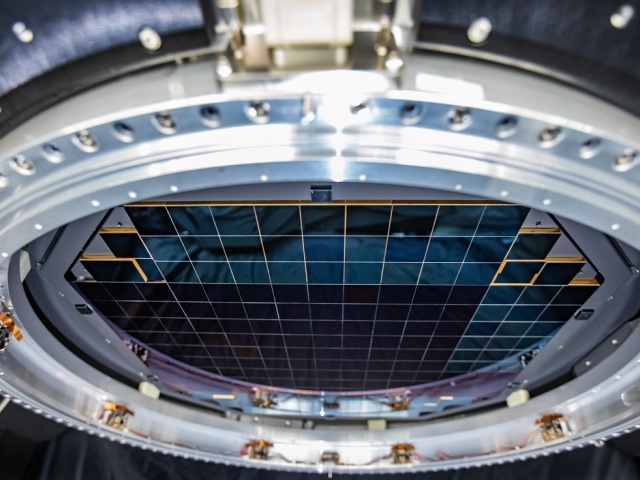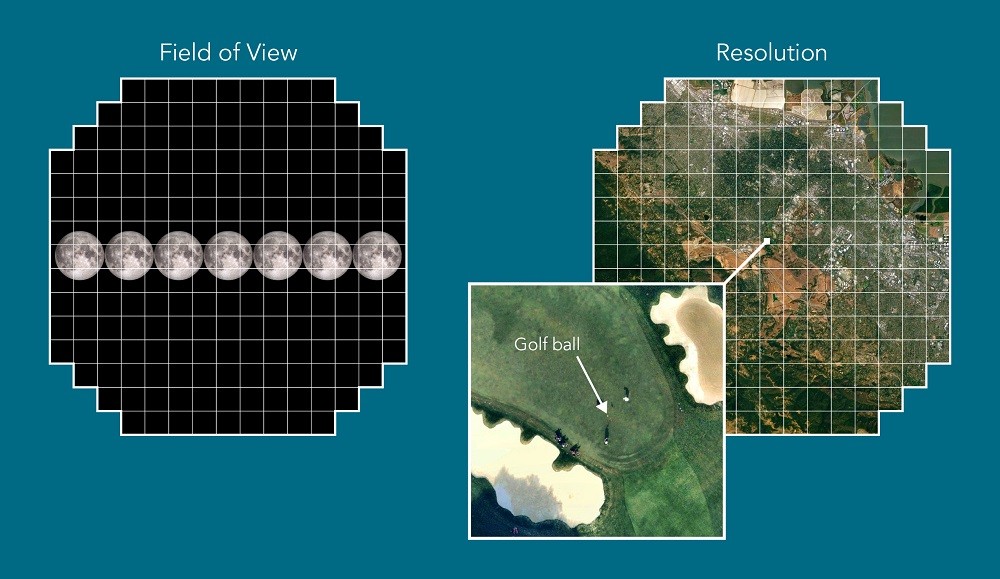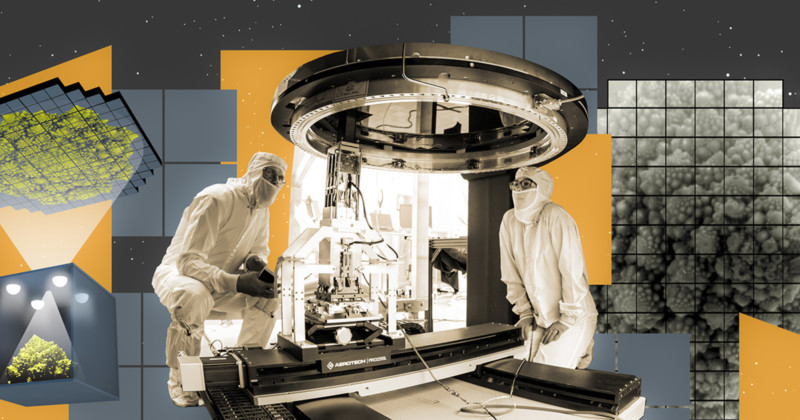Scientists successfully test the focal plane on the world’s largest digital camera, which will eventually help explore the cosmos.
Written content by Andy Altman for Cnet

Scientists at the Menlo Park, California-based SLAC National Accelerator Laboratory have taken the world’s first 3,200-megapixel digital photos, using an advanced imaging device that’s built to explore the universe.
“We will measure and catalog something like 20 billion galaxies.” said Steven Kahn, director of the Vera C. Rubin Observatory in Chile. That observatory is where the world’s largest digital camera will become the centerpiece of a monumental effort to map the night sky. The camera will spend 10 years capturing the most detailed images of the universe ever taken.

“Most parts of the night sky have actually never been imaged at all by telescopes.” Kahn said. “No part of the sky has really been imaged with this kind of time, sequencing and time cadence, where you can watch how things change.”
The team working on the camera just completed the focal plane, which is an array of imaging sensors more than two feet wide. (The equivalent focal length on an iPhone 11 camera is 26 millimeters.) It took the team about six months to assemble the sensors, largely because the sensors can easily crack if they touch each other during the installation process.
Since the camera isn’t complete, scientists used a pinhole projector to test the focal plane. They snapped photos of an image of Vera C. Rubin (the late scientist the observatory is named for), the camera team, and a head of romanesco broccoli. Read more from Cnet.
Follow News Without Politics for more interesting and amazing, important, and relevant U.S. and world news stories plus health, entertainment, sports, weather, food and more without media bias.
Stay informed daily. News fair and balanced, ahead of influence.




